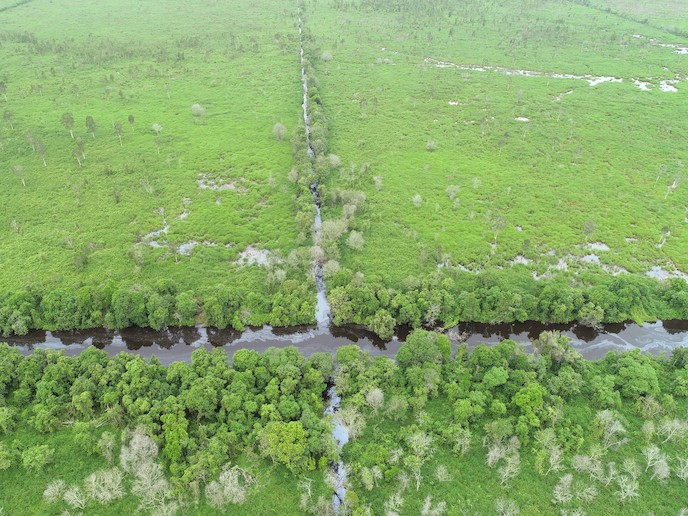Screening tools to help planners prepare for floods and heat
According to the European Environmental Agency, the heat wave of 2003 in western Europe(opens in new window) resulted in the deaths of over 70 000 people in Europe. The number of monthly heat records globally is rising and projected to be 12 times higher than in the past under a medium global warming scenario by the 2040s. If no adaptation actions are taken, this increase in heat extremes will lead to a marked increase in heat-attributable deaths – especially in urban areas. The EU-funded CLARITY(opens in new window) project set out to help city planners and policymakers’ efforts to easily identify and mitigate climate change risks. The project worked to create a digital tool and online platforms to bring the latest scientific knowledge in a tailored way to end-users in cities and regions. The tool can help in taking the informed decisions to ensure that the urban and traffic infrastructure they are responsible for is more climate resilient. “We are addressing this issue at the level of the methodology, as well as at the level of science and technology,” says Denis Havlik, CLARITY coordinator. The researchers adopted a seven-step methodology to ‘climate-proof’ urban and transport infrastructure in several expert studies in Spain, Italy, Austria and Sweden, as well as in the online services that they developed.
Digital and online tools
Project partners developed a set of different, specialised tools suited for different stakeholders involved in climate adaptation. CLARITY’s MyClimateServices Platform(opens in new window) aims to ignite collaborations at various stages of planning climate adaptation projects. The research team created a marketplace platform(opens in new window) for various stakeholders in all stages of the climate adaptation process to match their climate adaptation-related needs and offers and it also has links to the developed screening tool. “From a planners’ point of view, with the tool it will be possible to ‘play’ with certain scenarios in order to get a feeling of how the City of Linz will react to specific measures in terms of mitigating the urban heat island effect.” observes Wilfried Hager, Head of Department of Environmental Management, City of Linz, Austria.
A virtual marketplace
“By eliminating the need for tedious search, the ‘MyClimateServices’ platform aims to assist in the growth of the European climate services market,” Havlik adds. CLARITY developed the Climate Services Information System(opens in new window) (CSIS), a screening tool and service to facilitate the combination of data and services to assess the hazards, exposure to risk and options users have in climate adaptation for various types of urban development and infrastructure projects. The project team has also developed two advanced screening web services: one for professionals involved in urban/regional planning, and one for planning adaptation measures for transport infrastructure. “I am very proud of our climate resilience screening services for urban and traffic infrastructure. To the best of my knowledge, nothing similar exists today, and being able to perform a rapid and inexpensive screening for climate risks and possible adaptation options is a key to widespread climate change adaptation in Europe,” Havlik concludes.







